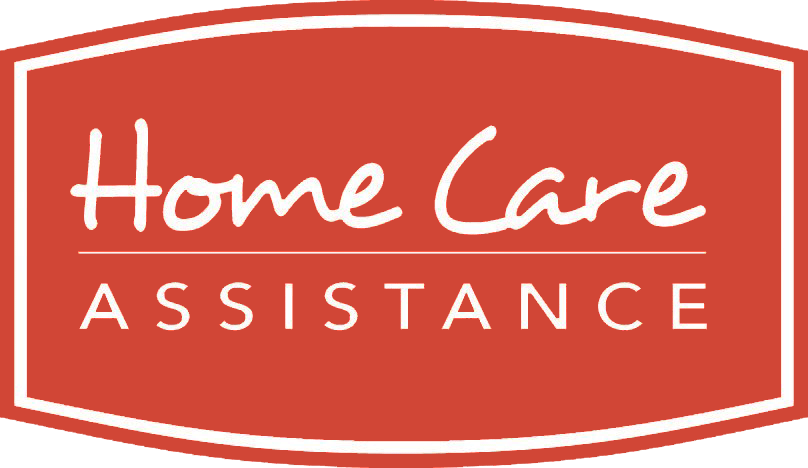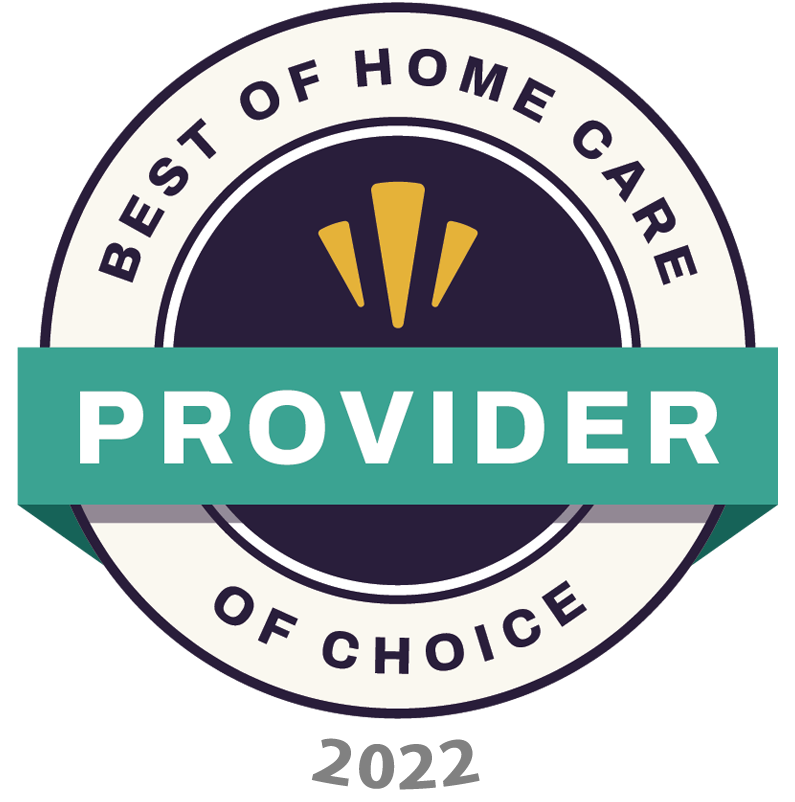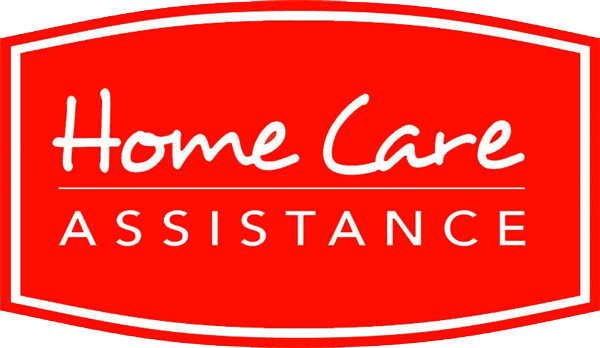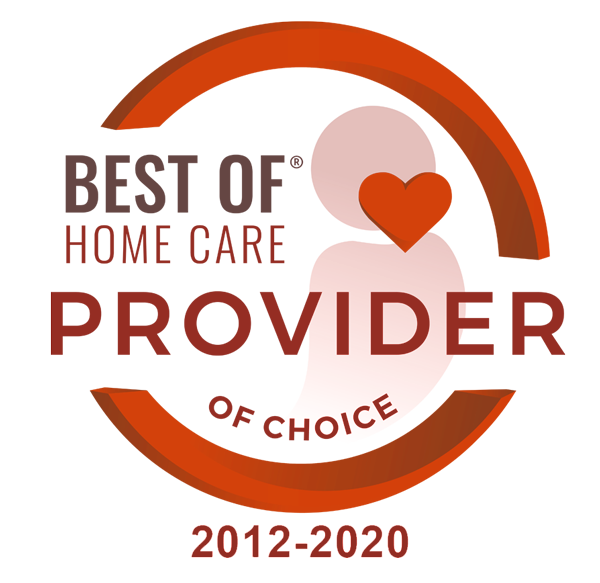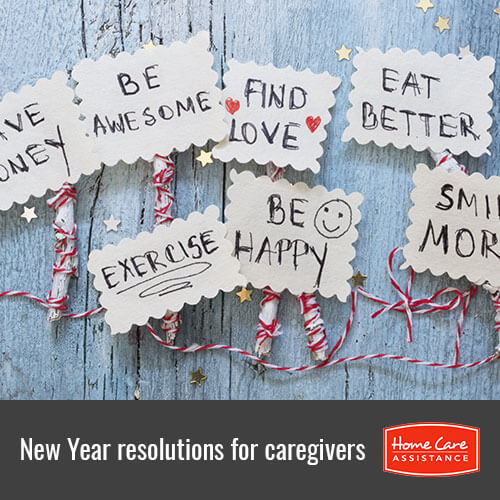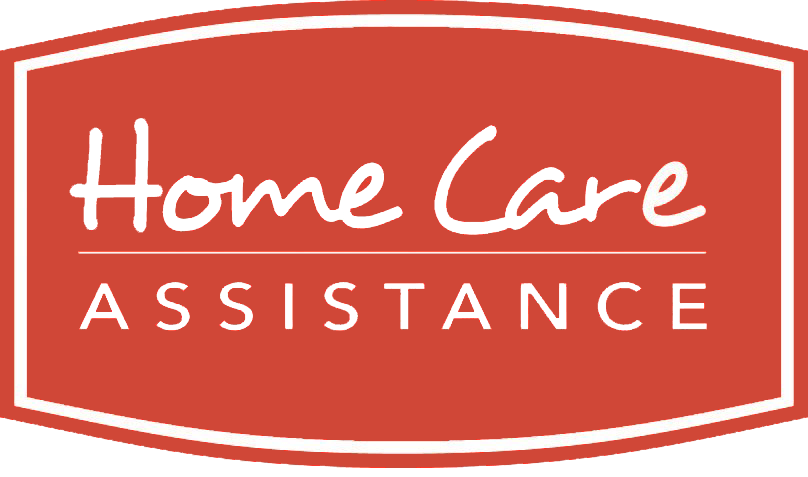Middle-aged adults who provide care for their parents as well as their children are collectively referred to as the sandwich generation. It’s a phenomenon that’s becoming more common as the overall population of the United States ages, yet it’s one of the least studied demographics.
As a leading provider of Albuquerque home care, we wanted to provide our readers with a bit of information about the sandwich generation caregivers. While this generation of caregivers is one of the least studied demographics, this is beginning to change as more and more adults begin to take on multigenerational responsibilities.
What Are the Facts?
The most reliable statistics about the sandwich generation of caregivers comes from census information compiled by the Bureau of Labor Statistics. The latest information released in 2013 shows that of the nearly 40 million adults providing unpaid elder care, around 9 million have children under the age of 18 living with them. Nearly one third of these parents are caring for children under the age of 6, often without help from a spouse.
Working Caregivers
More than 78 percent of elder care providers who also have children are employed. Around 62 percent work full time. When it comes to gender differences, the statistics about working caregivers are particularly striking. Around 83 percent of fathers work full time while only 48 percent of mothers are employed on a full-time basis.
Building a Better Sandwich
Another significant caregiving trend is the fact that the percent of elderly people receiving informal, unpaid care is decreasing while those receiving paid care is increasing. The sandwich generation is learning how to manage their dual responsibilities by taking advantage of community programs and private services such as hourly in-home care.
A 2013 Pew Research study found that nearly half of the country’s middle-aged population faces the potential responsibility of caring for both an elderly person and a child. Being part of such a large demographic has its plus sides, however, not the least of which is an increasing number of resources. The good news for the sandwich generation of caregivers is that they are not alone and more help is available than ever before.
